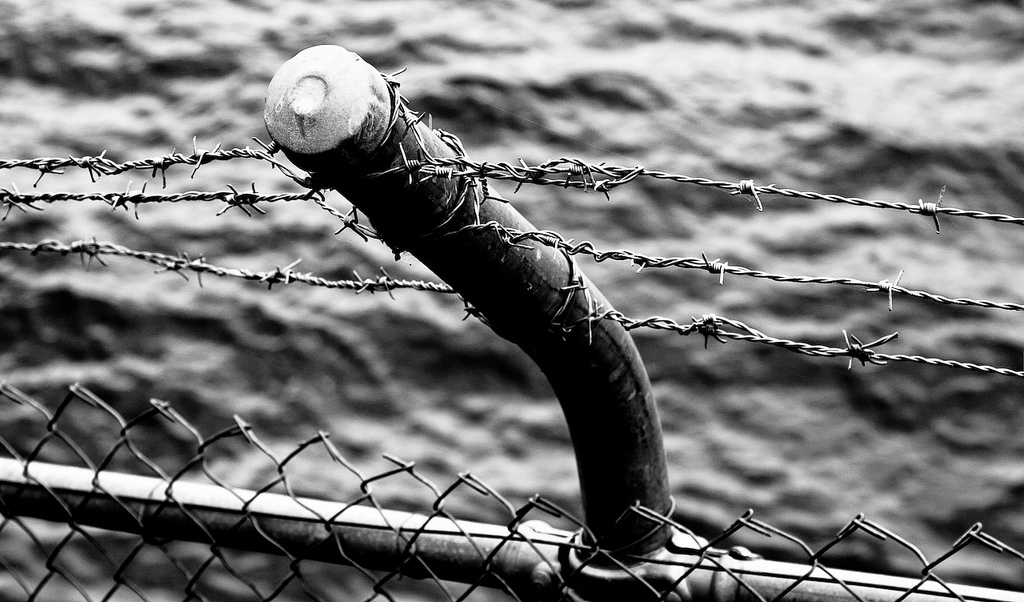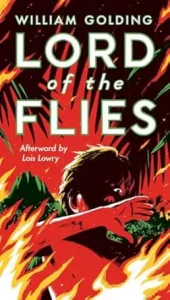Dystopian novels have been around for hundreds of years. Dystopian novels expand our view and explore themes including freedom, privacy and human rights.
12 Must-Read 20th Century Dystopian Novels That Still Resonate Today
Dystopian novels do more than entertain—they challenge us to think deeply about society, power, and the future.
Although the genre dates back centuries—Gulliver’s Travels (Jonathan Swift, 1726) is often considered one of the first dystopian works—it truly flourished in the 20th century. The rise of mass literacy, global conflict, and rapid technological change created the perfect environment for dystopian fiction to grow.
Books like The Time Machine by H.G. Wells (1895) and The Begum’s Fortune by Jules Verne (1879) paved the way. But it was the 20th century that gave us some of the most enduring and thought-provoking dystopian classics—stories like We by Yevgeny Zamyatin and Brave New World by Aldous Huxley (both featured below).
These novels allow teens and adults alike to safely explore big ideas—freedom, control, resistance, and idealism—within the pages of fiction. They ask uncomfortable but essential questions:
What happens when society goes too far? Or not far enough?
Whether you’re just discovering the genre or revisiting old favorites, these 12 essential 20th century dystopian novels offer unforgettable glimpses into imagined futures—and timely warnings for our present.
Why Read Dystopian Fiction?
Dystopian books help us explore big themes like control, freedom, surveillance, and resistance. They show what can happen when governments, corporations, or even people go too far in the name of order, safety, or progress.
At its best, 20th century dystopian fiction holds up a mirror to the real world—and sometimes, it’s a little too accurate.
1. Nineteen Eighty-Four by George Orwell (1949)

This novel practically defined the dystopian genre. Orwell’s bleak vision of constant surveillance, thought control, and rewritten history paints a terrifying future—one where truth itself is under attack. If you read only one dystopian novel, make it this one.
2. Brave New World by Aldous Huxley (1932)
In Huxley’s world, everyone is happy—but only because they’ve been programmed to be. Babies are engineered. Emotions are managed. Free thought is gone.
Unlike Orwell’s grim oppression, Huxley’s dystopia is slick, soft, and terrifying in its own way. A must-read for those curious about how comfort can become control.
3. Fahrenheit 451 by Ray Bradbury (1953)
Books are outlawed. Firemen burn them. One of them begins to question everything.
Bradbury’s poetic, passionate tale is a love letter to literature—and a sharp warning about censorship and screen addiction. As relevant in today’s digital age as it was in the 1950s.
4. The Handmaid’s Tale by Margaret Atwood (1985)
In the Republic of Gilead, women are property. Offred is a “handmaid,” forced to bear children for powerful men.
This chilling vision of gender oppression and religious extremism feels uncomfortably real. Atwood’s novel is haunting, literary, and unforgettable.
5. A Clockwork Orange by Anthony Burgess (1962)
Teenage violence, state control, and strange invented slang—this book is wild from page one.
As Alex is “reformed” through mind-control techniques, Burgess asks: Is it better to choose evil than be forced into goodness? A disturbing yet thought-provoking read.
6. We by Yevgeny Zamyatin (1924)
Written before Orwell or Huxley, We is the blueprint for modern dystopian fiction.
Citizens live in glass houses. Love is forbidden. Everyone is a number. This early Russian novel is often overlooked—but it deserves a spot on any serious dystopian reading list.
7. The Giver by Lois Lowry (1993)
This one’s often taught in schools, but its themes run deep.
Jonas lives in a world without pain, color, or memory—until he becomes the “Receiver of Memory.” Then, everything changes. A short but powerful introduction to dystopian fiction for all ages.
8. The Chrysalids by John Wyndham (1955)
After a nuclear disaster, society fears any genetic “deviation.” But when a group of telepathic children is discovered, they must hide or be destroyed.
This novel quietly explores evolution, intolerance, and survival. A hidden gem in the world of 20th century dystopian novels.
9. A Canticle for Leibowitz by Walter M. Miller Jr. (1960)
In a post-nuclear world, monks preserve the last scraps of scientific knowledge.
Miller’s novel spans centuries, showing the rise and fall of civilization again and again. A deep, thoughtful tale of faith, science, and the cycles of history.
10. Lord of the Flies by William Golding (1954)
A plane crashes. Schoolboys are stranded. Civilization quickly breaks down.
Though not futuristic, this novel shows how easily society can collapse—making it a key part of any dystopian reading list. Dark, violent, and unforgettable.
11. Make Room! Make Room! by Harry Harrison (1966)
The year is 1999. New York City is bursting at the seams. Food and space are scarce.
This novel inspired Soylent Green and offers a sobering look at overpopulation and environmental collapse. A dystopia grounded in real-world fears.
12. Running Man by Richard Bachman aka Stephen King (1982)
In a future where the poor are disposable and entertainment is deadly, Ben Richards joins a brutal reality game show to earn money for his family—by running for his life.
It’s a sharp warning about surveillance, poverty, and the dangers of entertainment gone too far—making it a bold addition to 20th century dystopian fiction.
Final Thoughts: Why These 20th Century Dystopian Novels Still Matter
These 12 novels aren’t just gripping stories—they’re reflections of our fears, questions, and hopes. Each one shaped the dystopian genre and continues to influence how we imagine the future.
If you’re ready to explore 20th century dystopian novels, this list offers the perfect starting point. From the loss of freedom to the fight for survival, these books still challenge, disturb, and inspire readers around the world.
📚 Want More Reading Inspiration?
Browse more classic and modern book lists at WhyToRead.com.
Because the right book can change everything.

















